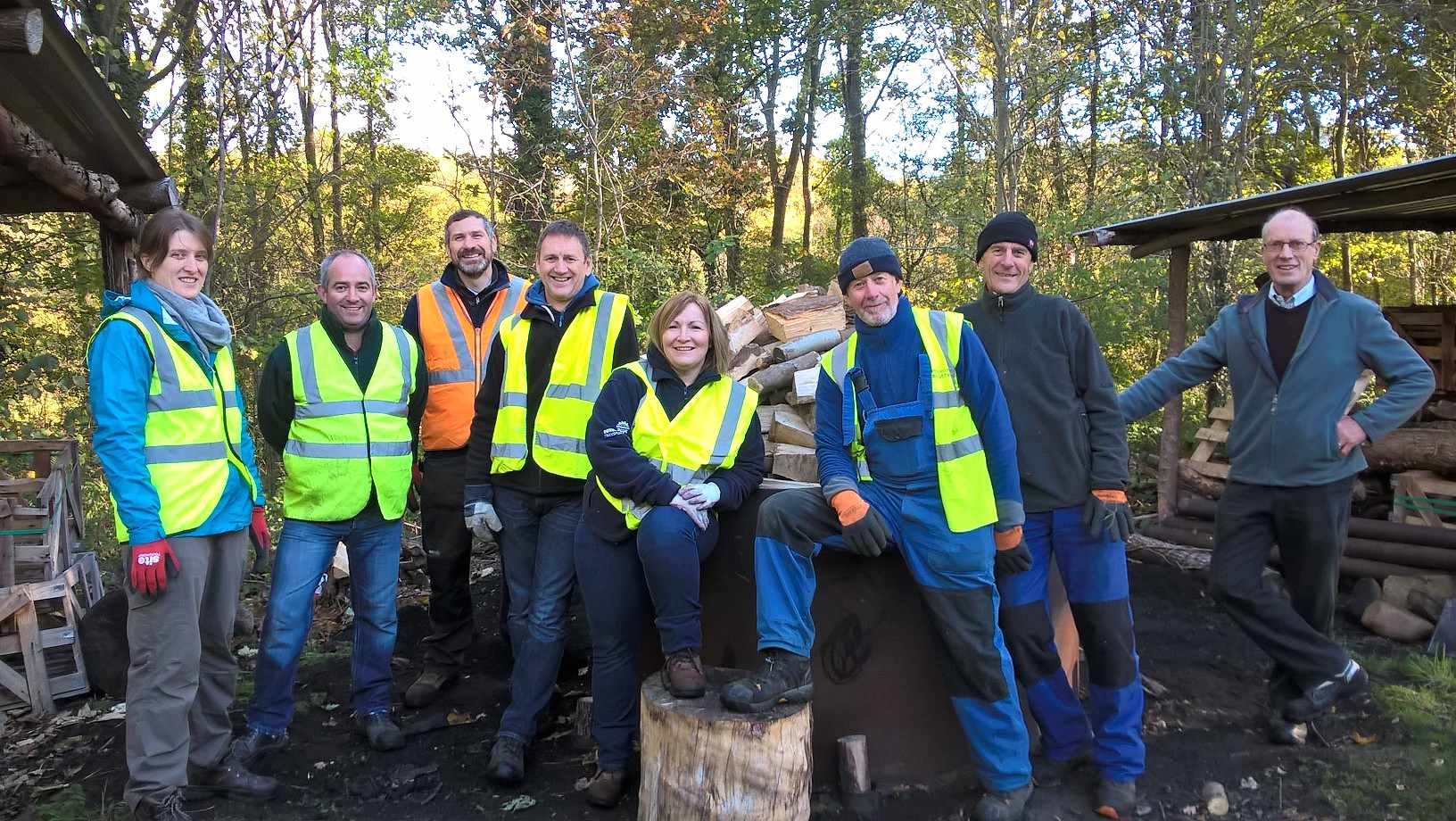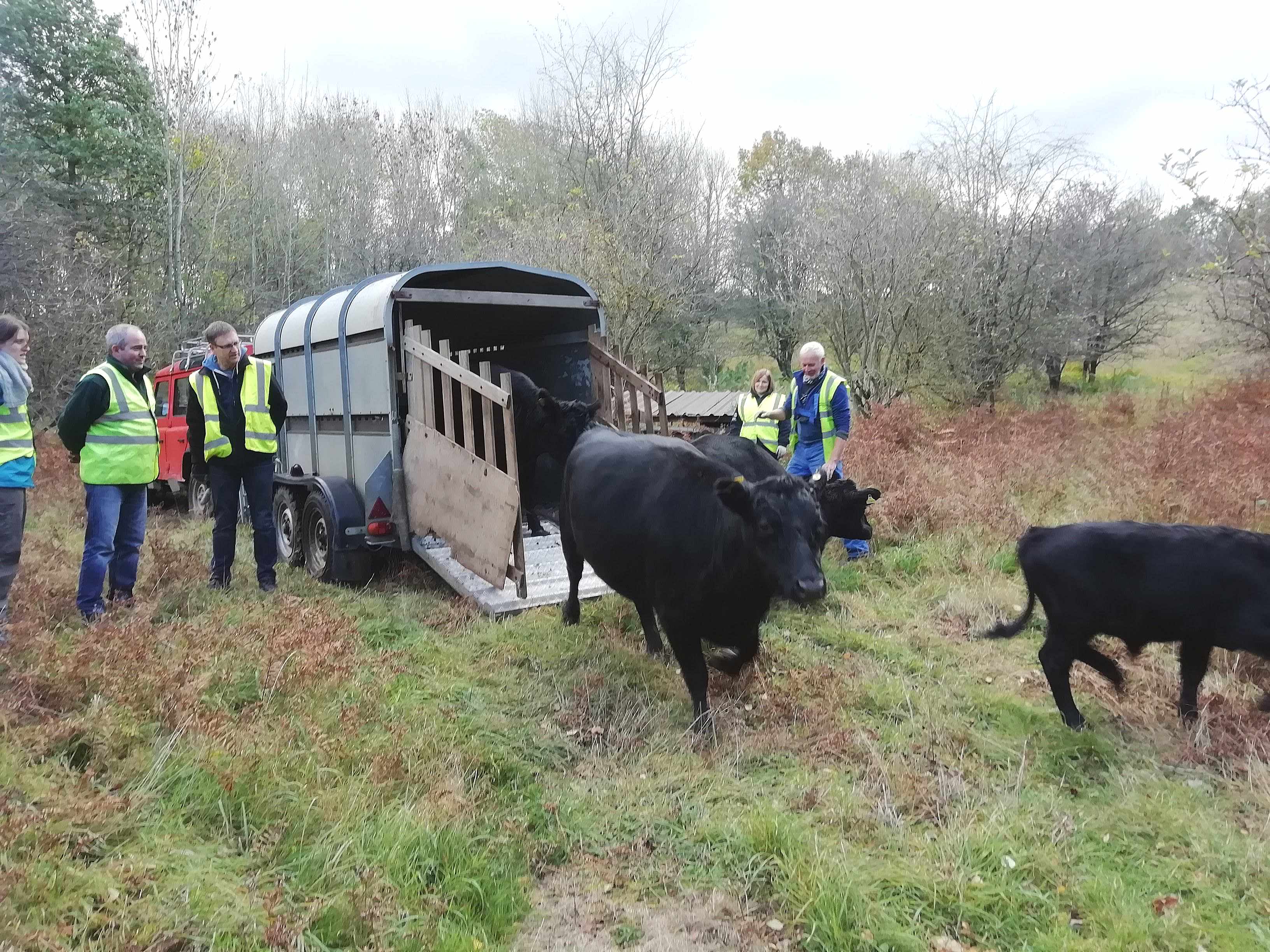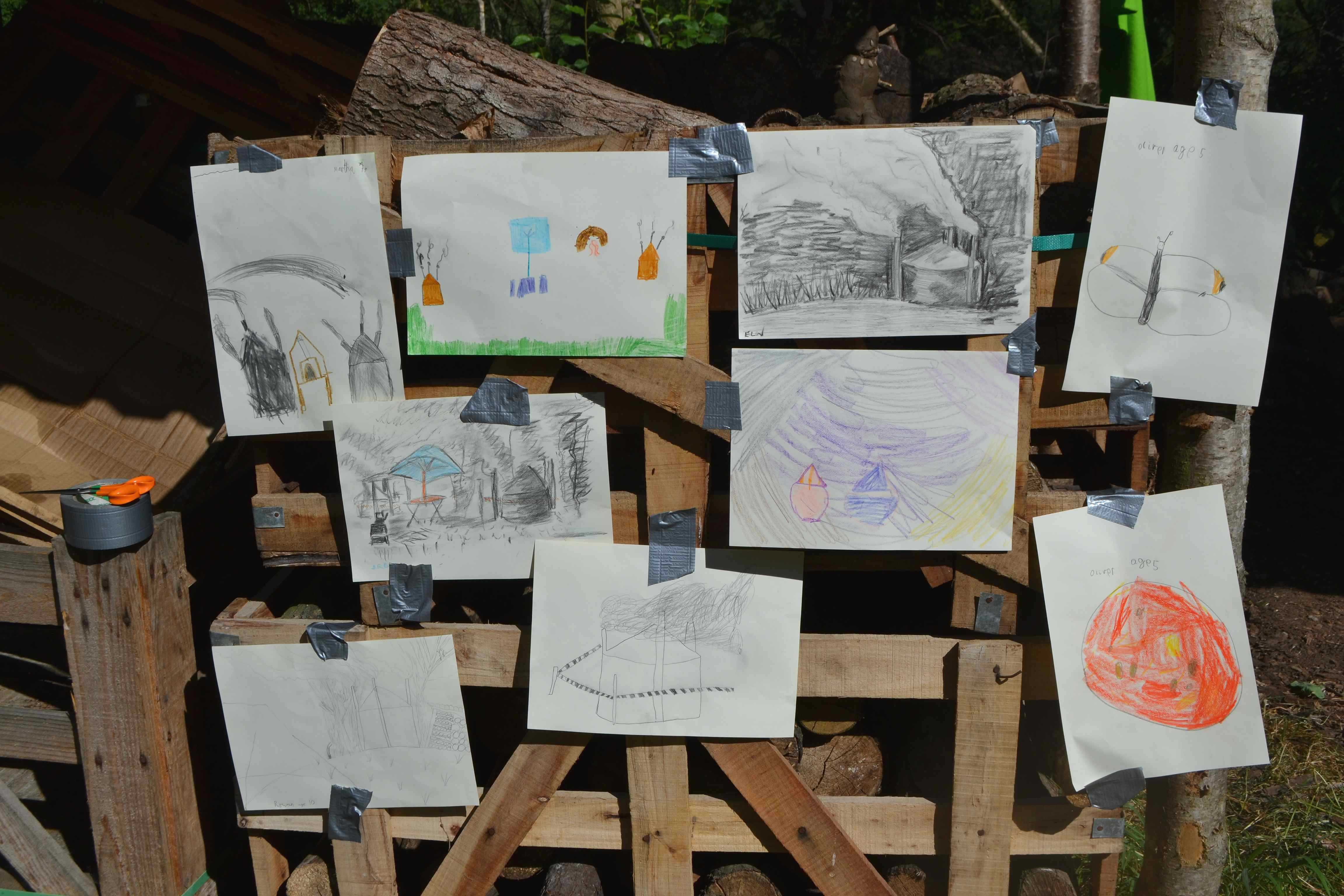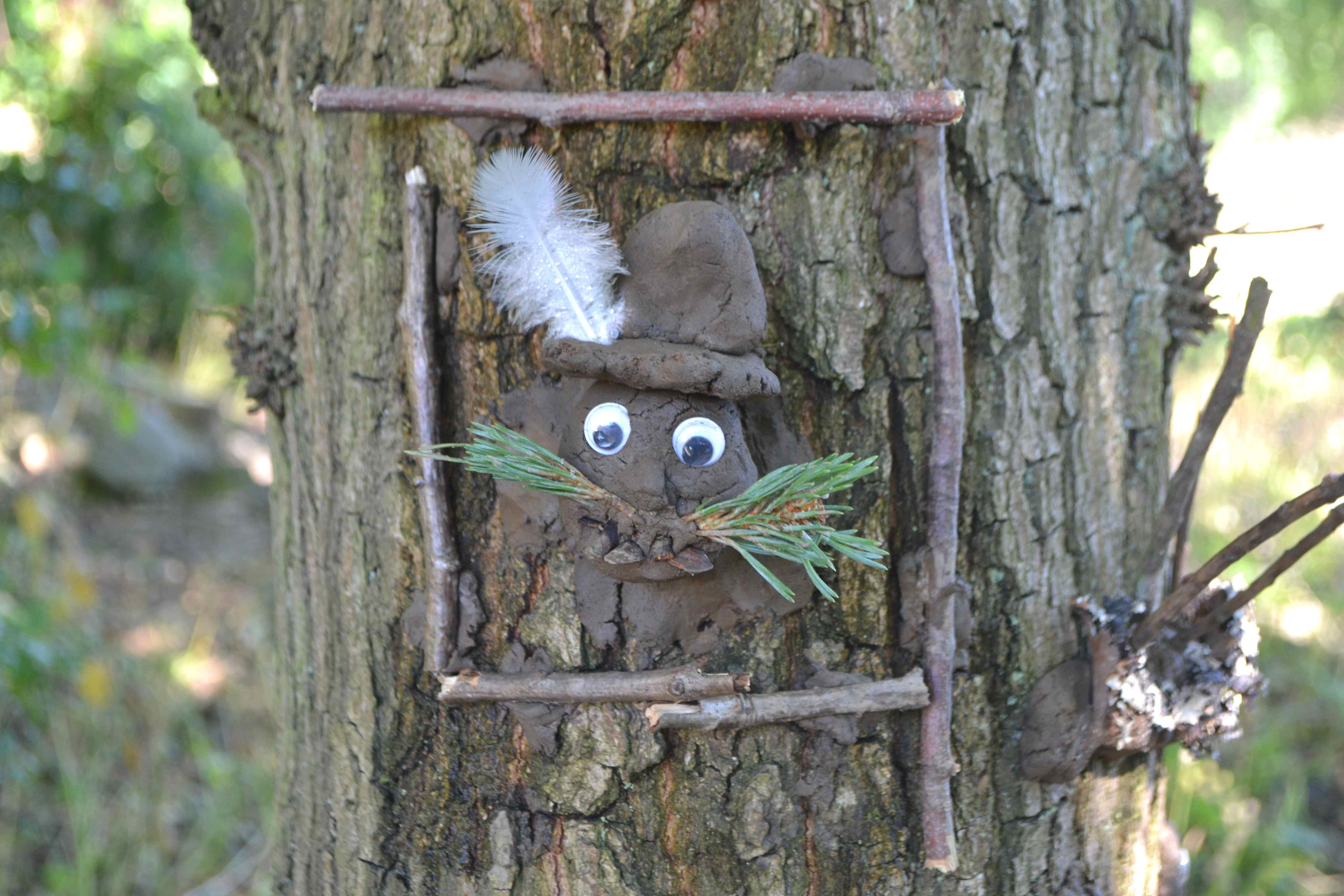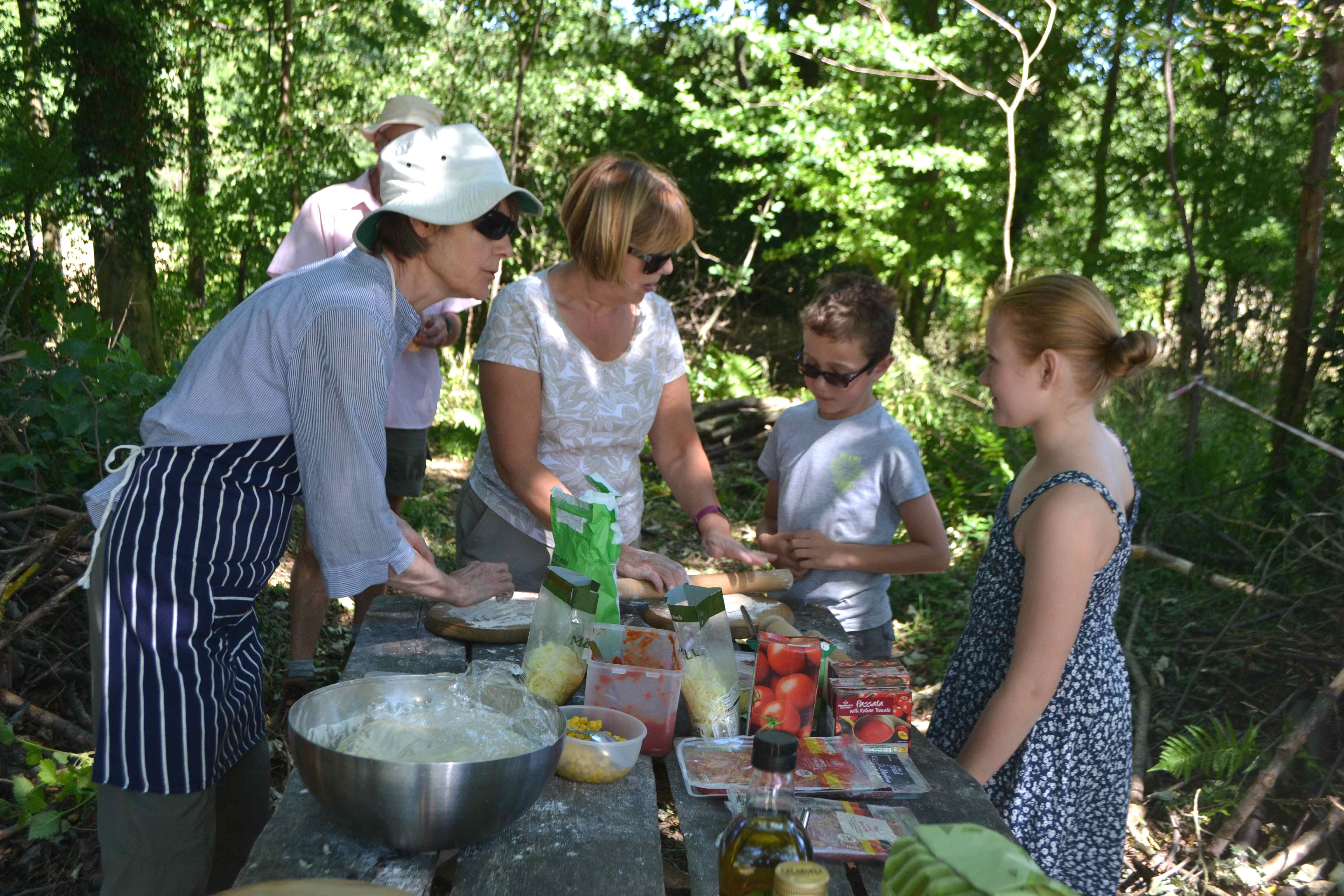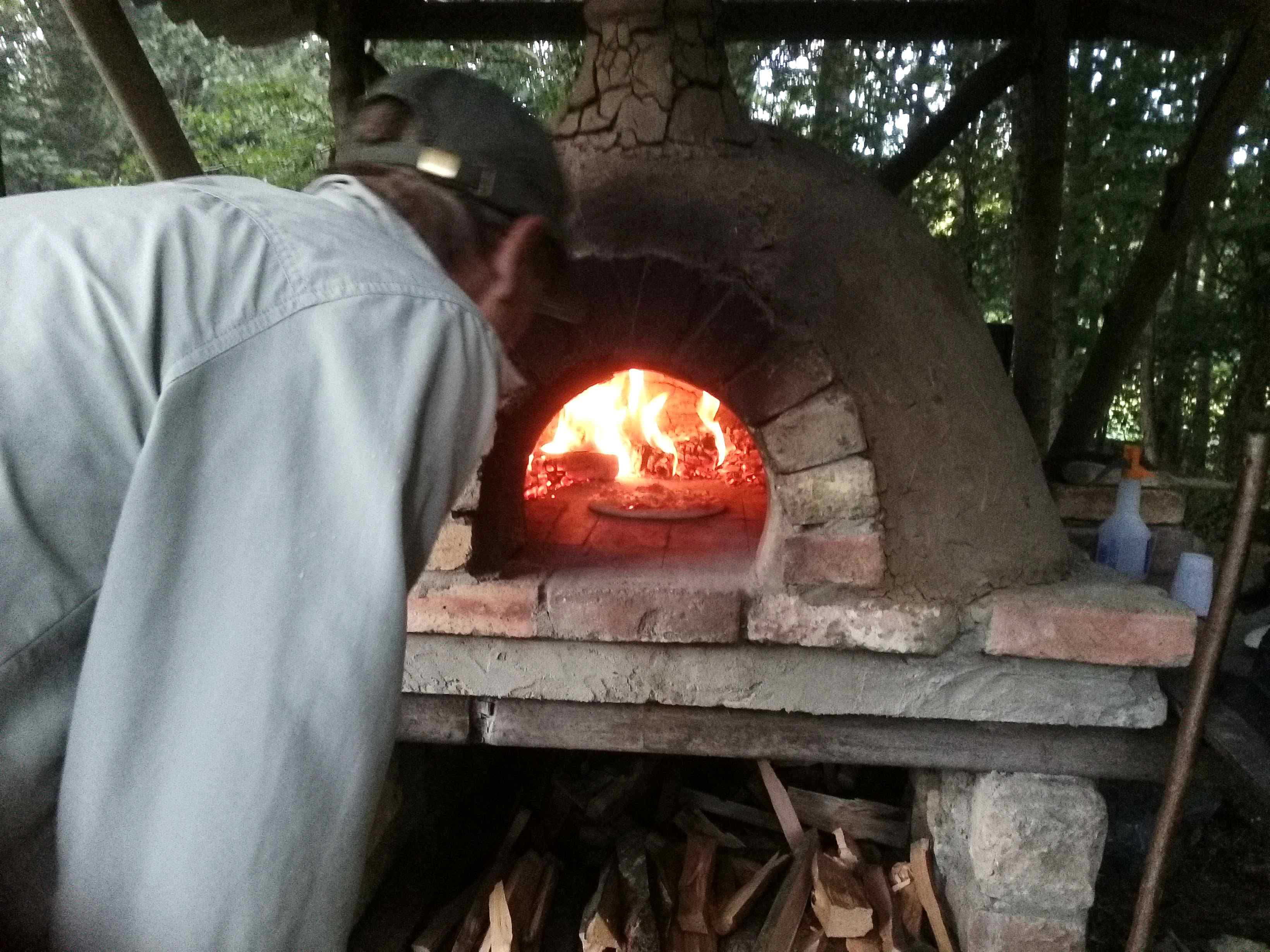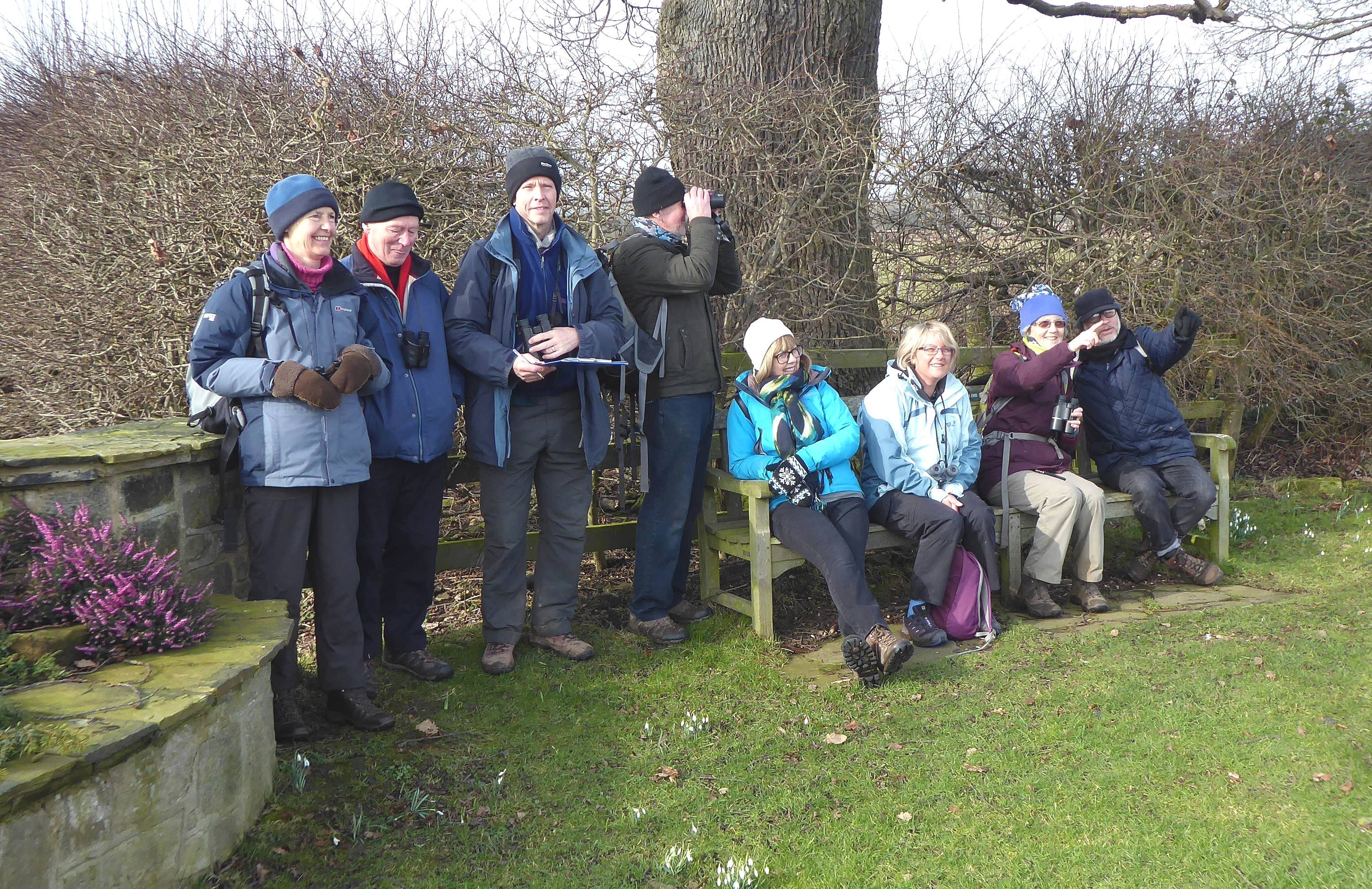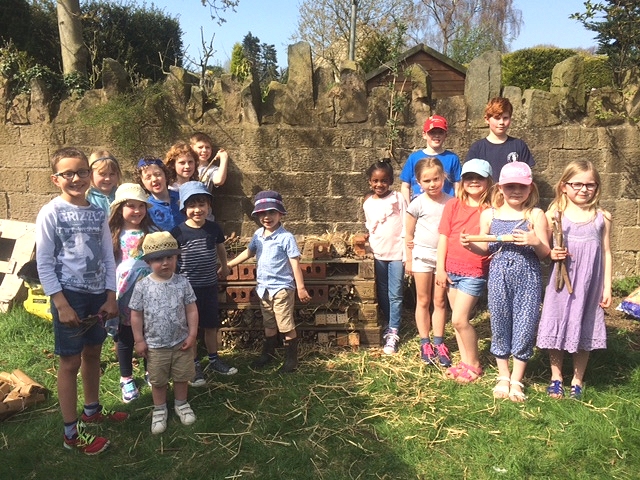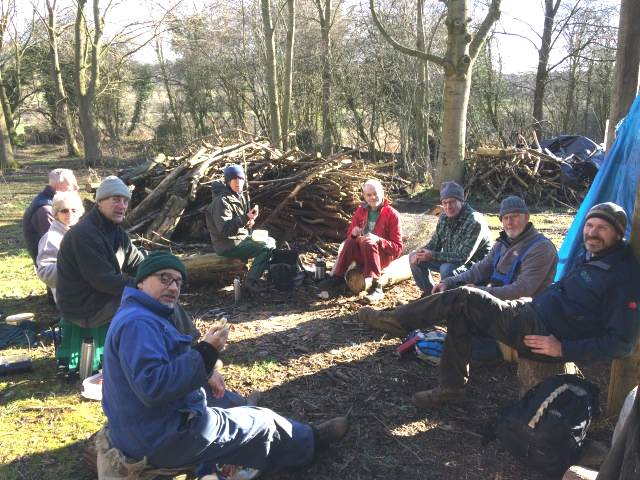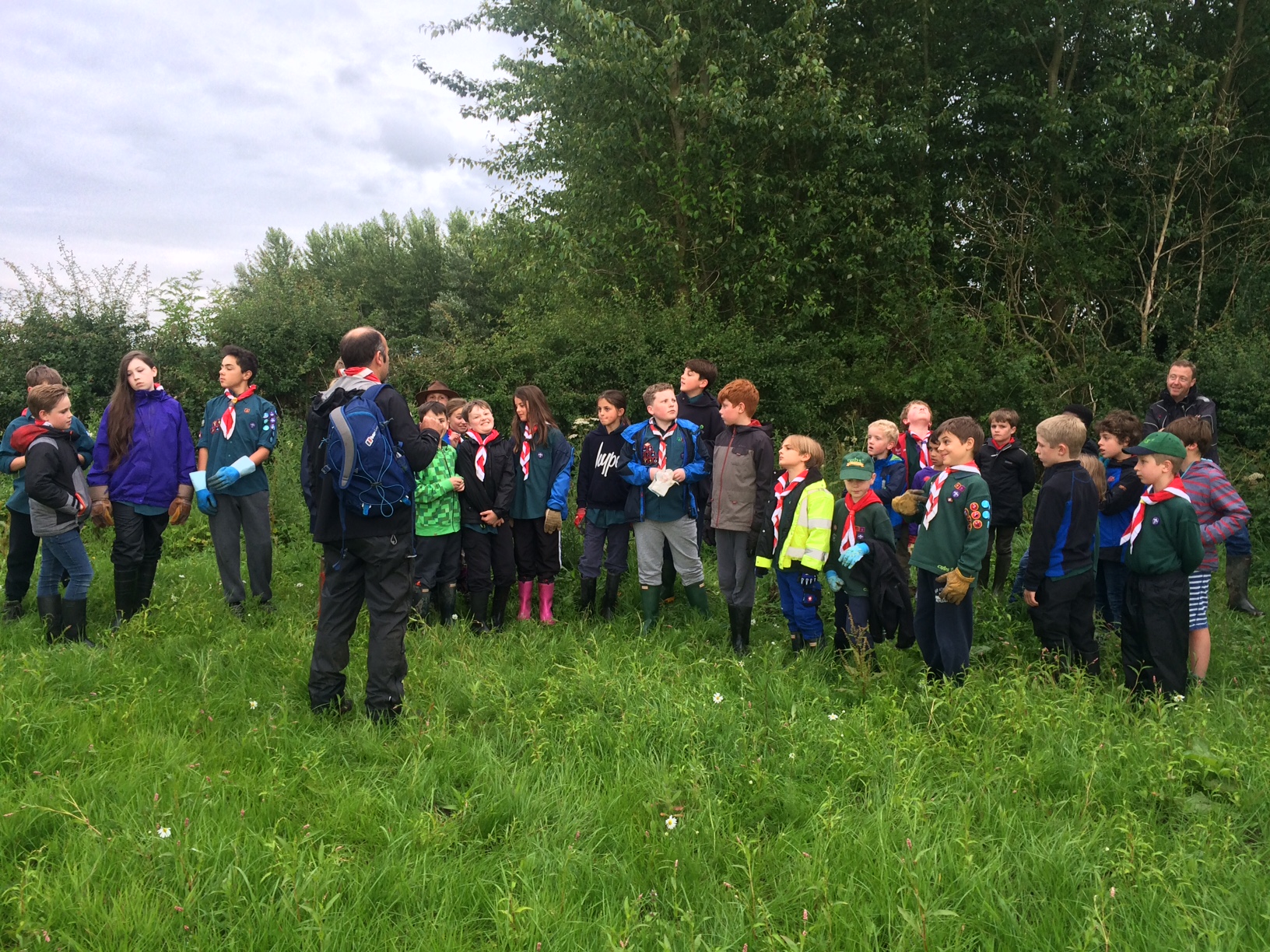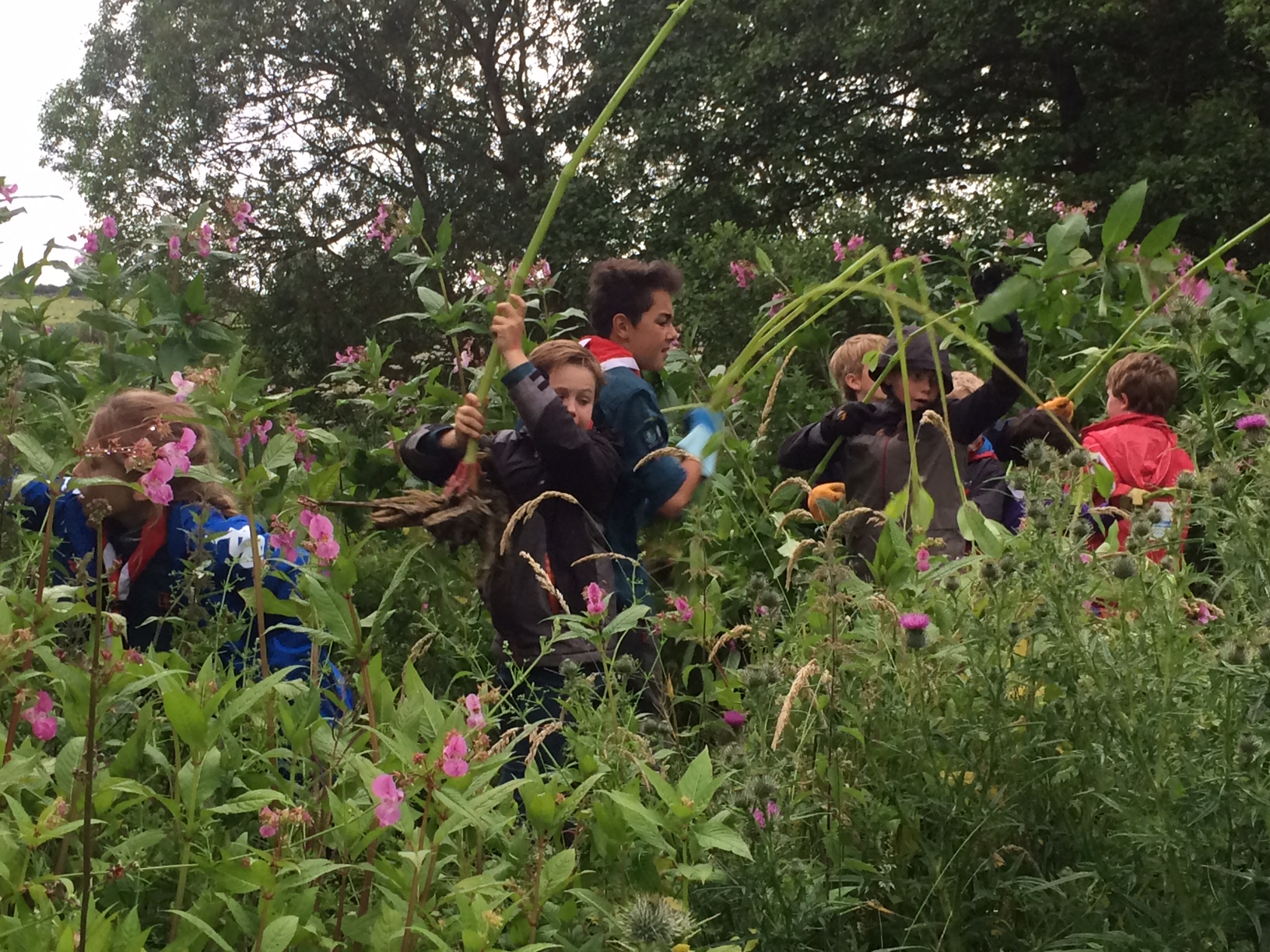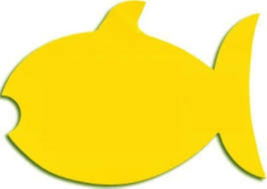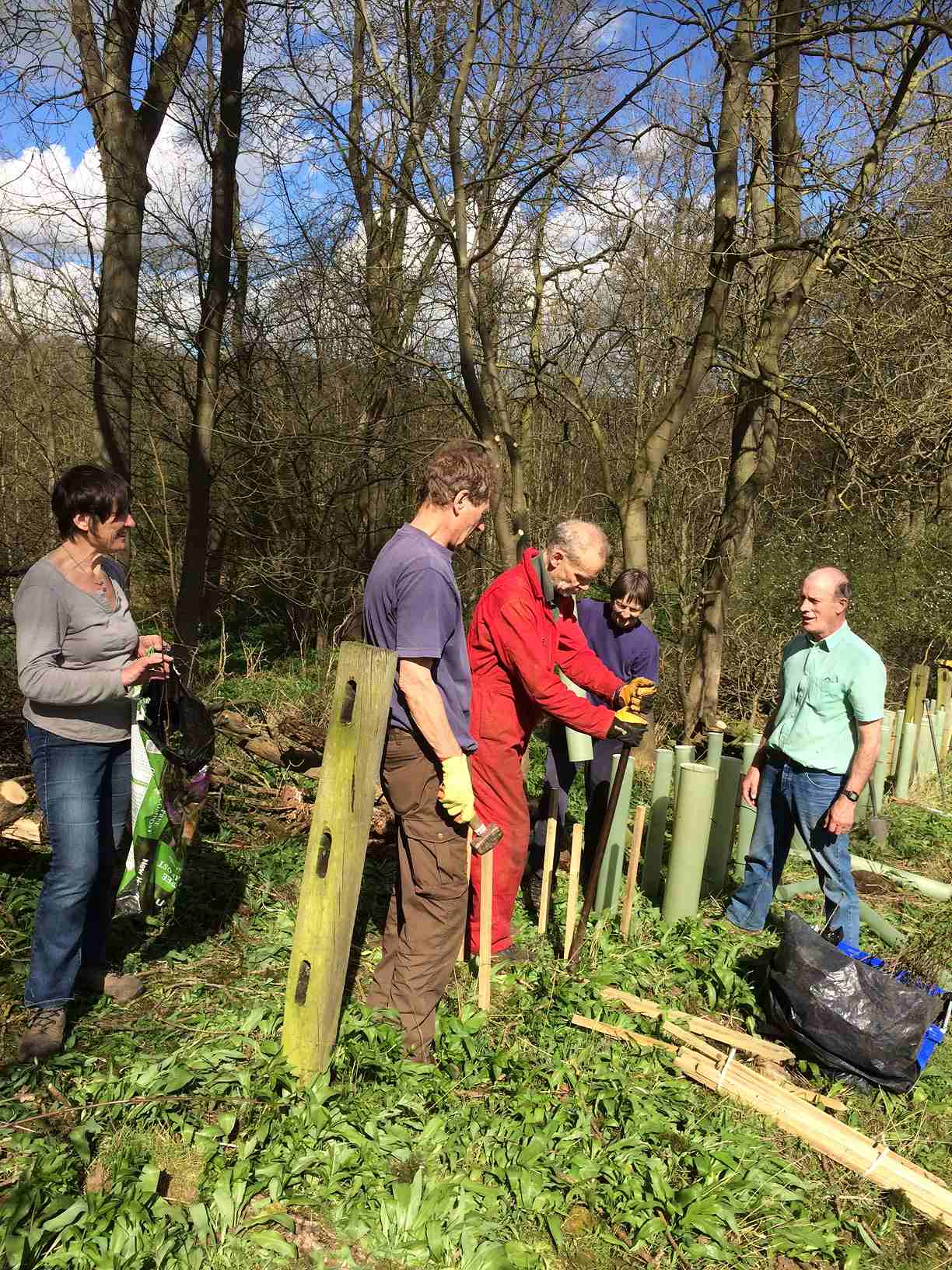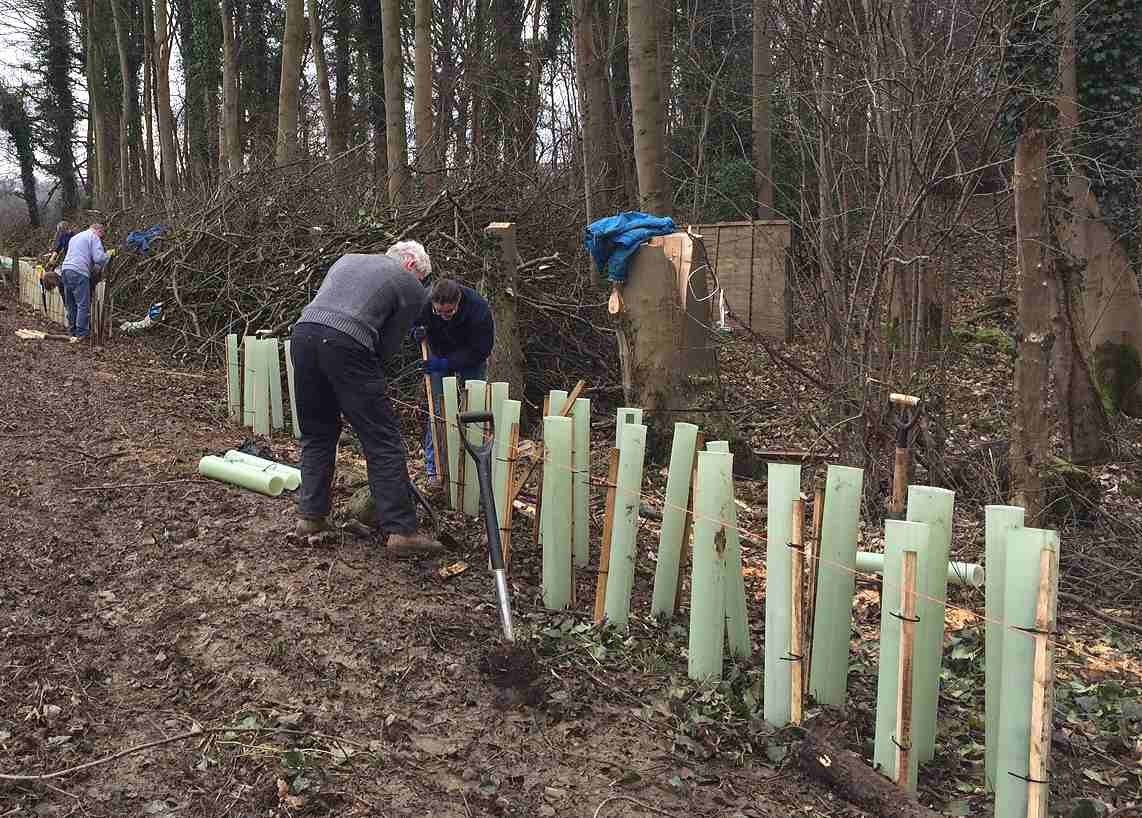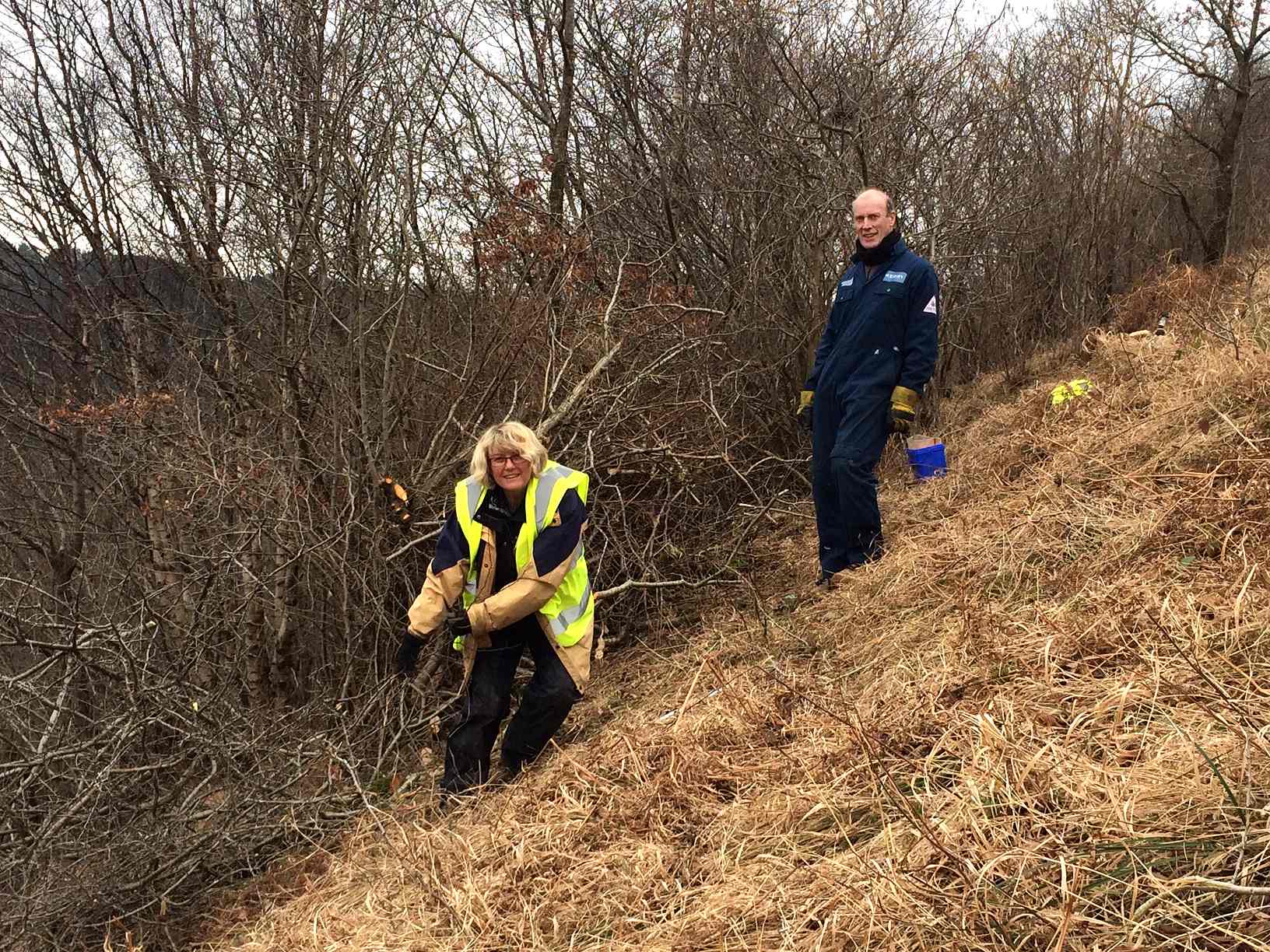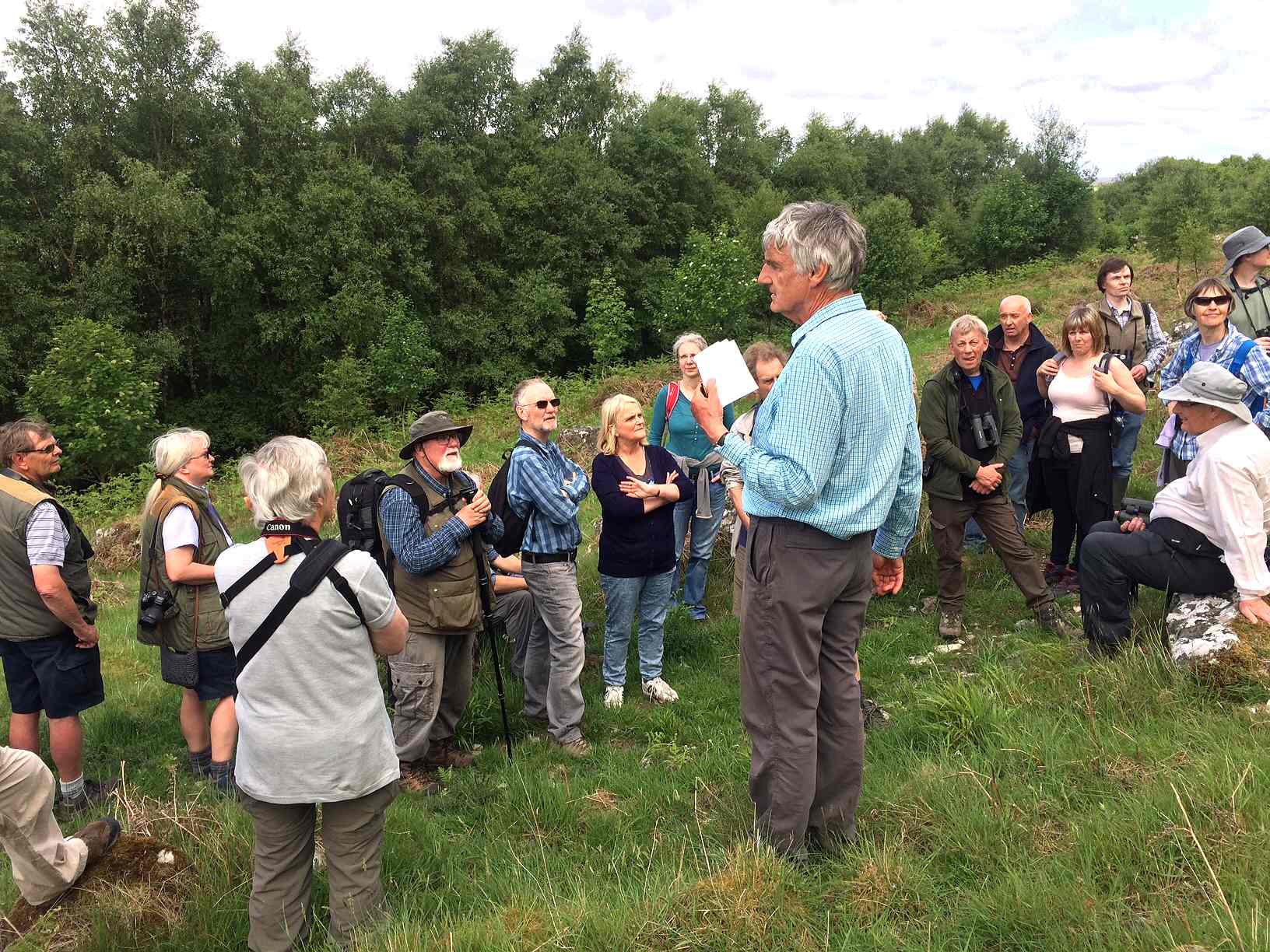A small group, six adults and two children, made the usual tour of the parish looking for as many bird species as could be identified; both by sight and call.
It has been very noticeable that there have been very few Swallows this year. They migrate to Britain over the Sahara from South Africa and travel in daylight up to 200 miles a day.
Being such a small bird they are sensitive to changes and can be affected badly by storms, very dry or very wet conditions and food availability. Their reduced numbers have been been noted throughout Europe.
On the other hand, there were a good number of Wrens calling all around the parish. It’s likely that the relatively mild winter has aided their survival rate.
A total of 42 species were identified (in the order they were seen or heard)….
- House Sparrow
- Robin
- Wood Pigeon
- Red Kite
- Starling
- Lapwing
- Blackbird
- House Martin
- Rook
- Dunnock
- Blue Tit
- Swift
- Magpie
- Chaffinch
- Chiff Chaff
- Yellow Hammer
- Wren
- Crow
- Buzzard
- Pheasant
- Long-tailed Tit
- Tree Sparrow
- Jackdaw
- Greater Spotted Woodpecker
- Swallow
- Skylark
- Lesser Whitethroat
- Pied Wagtail
- Mallard
- Moorhen
- Curlew
- Green Woodpecker
- Goldcrest
- Goldfinch
- Black-headed Gull
- Song Thrush
- Reed Bunting
- Jay
- Great Tit
- Blackcap
- Greenfinch
- Coal Tit
The next (Winter) bird survey will take place in early 2020, the date of which will be arranged this Autumn. Keep an eye on Forthcoming Events above and in the next Newsletter.


